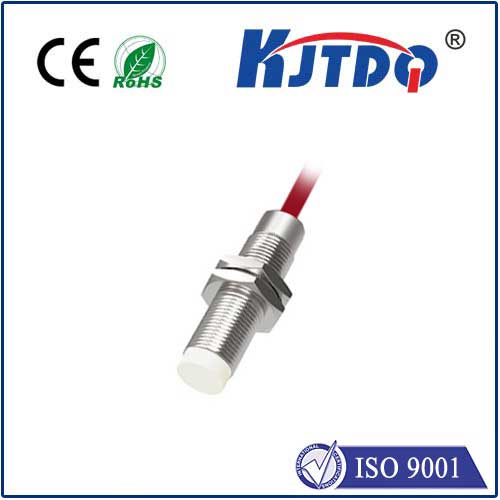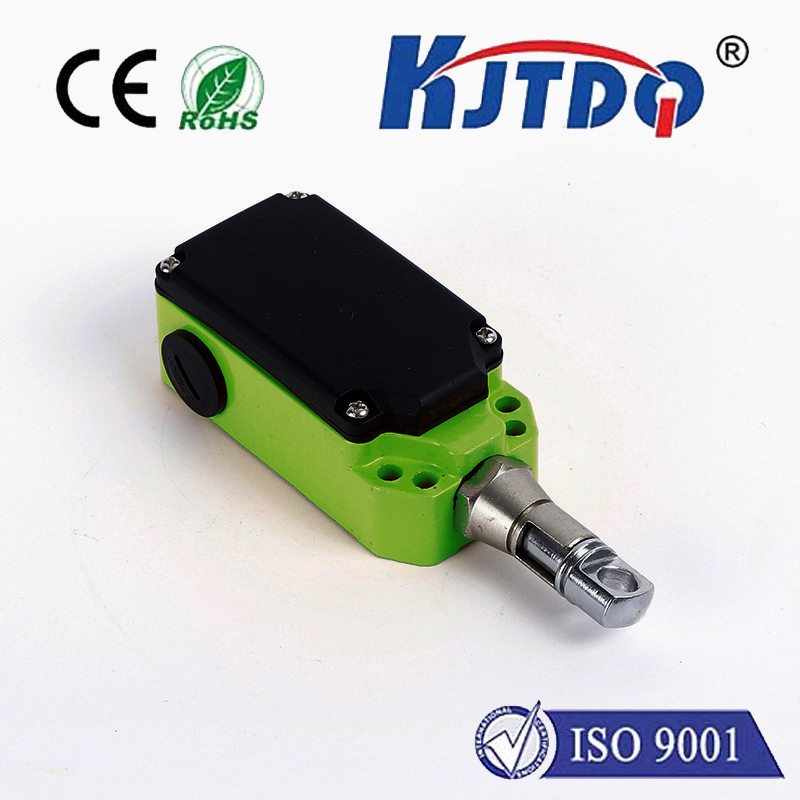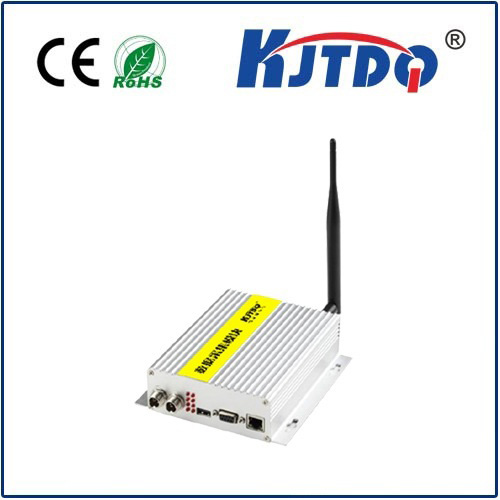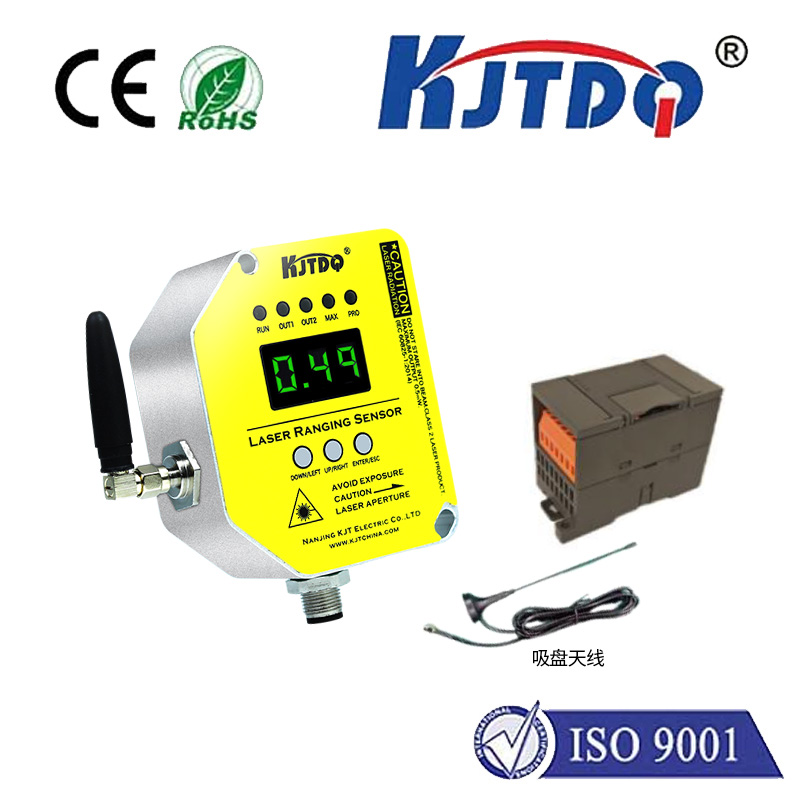m10 proximity sensor
- time:2025-09-06 04:00:50
- Click:0
Smart Detection Solutions: Exploring the M10 Proximity Sensor for Industrial Applications
Imagine a bustling factory assembly line. Metal arms whirr with precision, robotic welders spark, and conveyor belts flow seamlessly. Amidst this orchestrated chaos, countless critical decisions happen in split seconds: Is the component in place? Has the door closed securely? Is the pallet positioned correctly? Performing these tasks reliably, without fail, millions of times, often in harsh environments, is the domain of a humble yet vital component: the M10 proximity sensor. This unsung hero of automation forms the bedrock of countless detection tasks across industries.
Understanding the Core Function
At its heart, a proximity sensor like the M10 is a non-contact switch. It detects the presence or absence of a metallic object (typically ferrous metals like steel or iron, depending on the type) within its sensing range without requiring physical touch. This fundamental capability makes it incredibly valuable for applications demanding speed, reliability, and durability. Unlike mechanical switches, which wear out over time due to physical contact, proximity sensors offer a virtually maintenance-free solution.
What Makes the M10 Proximity Sensor Stand Out?

The “M10” designation primarily refers to the sensor’s threaded barrel size – specifically, a metric thread measuring 10 millimeters in diameter. This compact size makes it exceptionally versatile for installations with limited space constraints. However, the M10 form factor encompasses a range of proximity sensors sharing this common mounting size, each with potentially different specifications. Key characteristics defining a typical M10 inductive proximity sensor include:
- Detection Principle: Most M10 sensors are inductive. They generate an electromagnetic field. When a metallic object enters this field, it induces eddy currents within the metal, causing a detectable change in the sensor’s oscillation. This change triggers the sensor’s output signal.
- Sensing Range: M10 sensors typically offer sensing ranges between 1mm and 4mm, though specialized models might deviate. Selecting the correct sensing range is critical for ensuring reliable detection without false triggers caused by background metal or mounting fixtures. It’s essential to consult the datasheet for the specific model.
- Connection and Output: M10 sensors come in various connection styles (cable or quick-connect M8/M12 connectors) and output types:
- NPN (Sinking): Switches the negative/ground line.
- PNP (Sourcing): Switches the positive voltage line.
- NO (Normally Open) or NC (Normally Closed): Defines the state when no target is present. Choosing the correct output configuration (NPN/PNP, NO/NC) is paramount for compatibility with the control system (PLC, microcontroller).
- Housing and Protection: Given their frequent deployment in demanding environments (factories, machinery, outdoor equipment), M10 sensors boast robust housings, usually made of nickel-plated brass or stainless steel. Crucially, they often feature high IP (Ingress Protection) ratings, such as IP67 or even IP69K. This signifies excellent resistance to dust ingress and protection against powerful water jets or temporary immersion – essential for reliability.
- Switching Frequency: This indicates how quickly the sensor can detect objects passing by. Higher frequencies are vital for high-speed production lines.
Where the M10 Proximity Sensor Shines: Key Applications
The compact size, reliable detection, and rugged build of the M10 proximity sensor make it indispensable across numerous sectors:
- Factory Automation: Detecting part presence/absence on conveyors, monitoring spindle positions on CNC machines, confirming end-of-travel for pneumatic cylinders, counting metallic objects, verifying tool changes. Their reliability minimizes downtime.
- Packaging Machinery: Ensuring product positioning before sealing, confirming case flap closure, detecting metallic components in filler machines.
- Material Handling: Verifying pallet positions, detecting forks on forklifts (automated systems), confirming bin levels (metallic bins), sensing the position of cranes or lifts.
- Automotive Manufacturing: Monitoring robotic arm positions, confirming door/window closure sequences, detecting engine blocks on assembly lines, gear position sensing.
- Food & Beverage (Suitable Models): Stainless steel versions (crucial for hygiene) detect metallic lids, cans, or tools, or monitor positions on stainless steel conveyor systems.
- Machine Safety: Used as part of safety systems, for example, confirming guard doors are securely closed before machine operation begins (often in conjunction with safety-rated controllers/relays).
- Robotics: Providing precise position feedback for robotic arms and grippers interacting with metallic objects.
Key Advantages Driving Adoption
Why choose an M10 proximity sensor specifically? The benefits are compelling:
- Non-Contact Operation: Eliminates mechanical wear and tear, leading to long lifespan and minimal maintenance.
- High Reliability: Immune to dirt, dust, oil (within rated IP levels), and moisture compared to optical sensors, provided the target is metallic. Offers consistent performance over time.
- Fast Response Times: Capable of detecting objects at high speeds, crucial for modern automation.
- Robust Construction: The M10 threaded barrel and high IP rating ensure resilience in demanding industrial environments.
- Cost-Effectiveness: Provides reliable detection at a competitive price point, offering excellent value for money.
- Ease of Installation: The standardized M10 thread allows for easy mounting into drilled and tapped holes or compatible mounting brackets. Many models feature LED status indicators for setup verification.
Considerations for Selection and Use
To maximize the effectiveness of an M10 proximity sensor, keep these points in mind:
- Target Material: Inductive sensors primarily detect ferrous metals (iron, steel). Detection distance is generally greatest for steel and reduces significantly for non-ferrous metals like aluminum, brass, or copper. Some sensors are specifically optimized for non-ferrous detection.
- Sensing Range: Always select a sensor with a range slightly larger than the required operating distance to account for installation tolerances and target variations. Never mount the sensor flush with surrounding metal unless the datasheet explicitly states flush-mount capability; otherwise, it will drastically reduce the effective range or cause malfunction. Maintain an appropriate gap.
- Output Configuration: Carefully match the sensor’s output type (NPN/PNP) and switching state (NO/NC) to the requirements of your controller’s input module. Mismatches are a common source of installation errors. PNP is often the more common standard in many regions.
- Electrical Ratings: Ensure the sensor’s voltage rating (commonly 10-30V DC) matches your power supply, and its current rating is sufficient for the connected load (like a PLC input).
- Environment: While tough, verify the IP rating is adequate for the specific environment (e.g., washdown areas demand IP69K). Environmental factors like extreme temperatures, strong magnetic fields, or welding operations nearby can sometimes interfere and require careful placement or shielding.
Integrating the M10: A Foundation for Smart Systems
The M10 proximity sensor is far more than just a simple switch. It’s a fundamental building block for gathering critical positional data in automated systems. This data feeds into Programmable Logic Controllers (PLCs) and other controllers, enabling intelligent decision-making and control. Whether it’s starting a process, stopping a machine for safety, triggering the next step in assembly, or simply counting parts, the M10 provides the reliable, real















